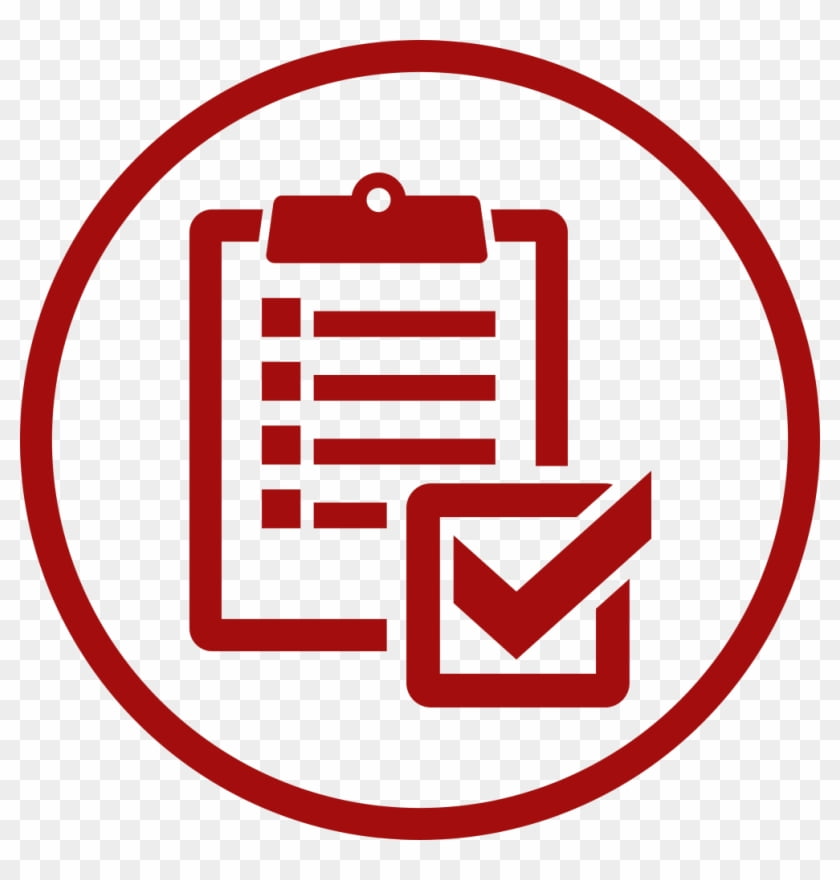An electric circuit is a closed loop through which an electric current can flow. It consists of various components such as resistors, capacitors, inductors, and power sources, connected by conductive wires. When a voltage is applied to the circuit, it creates an electric field, which causes the flow of electric charges (electrons) through the circuit. This flow of charges is known as an electric current. The key components of an electric circuit are: 1. Power source: It provides the energy needed to create an electric current. This can be a battery or a generator. 2. Conductive wires: These wires connect the components of the circuit and allow the flow of electric charges. 3. Resistors: These components resist the flow of electric current and convert electrical energy into heat. They are used to control the amount of current flowing through the circuit. 4. Capacitors: These components store electrical energy in an electric field. They are used to temporarily store charge and release it when needed. 5. Inductors: These components store electrical energy in a magnetic field. They are used to store energy in the form of a magnetic field and release it when the current in the circuit changes. Electric circuits can be classified into two types: series circuits and parallel circuits.
Updated at: 2023-07-03 14:42:50 (2 years ago by Melkisedeck Leon Shine)
Once upon a time, in a small town, there was a pet store called "Paws and Claws." The owner of the store, Mr. Whiskers, was known for his eccentricity and love for animals. One sunny day, a hilarious mix-up took place that would have everyone in stitches 😂.
It all started when Mr. Whiskers received a shipment of new pets. Among them were a bunch of parrots 🦜 and a group of chameleons 🦎. However, due to a labeling mishap, the parrot cage was marked "Chameleons" and the chameleon cage was marked "Parrots."
Unaware of the mix-up, Mr. Whiskers proudly displayed the chameleons in a vibrant, colorful cage, thinking they were parrots. Customers couldn't believe their eyes as these "parrots" changed colors, blending in with their surroundings 🌈. People stood there, scratching their heads, wondering why these parrots were so masterful in camouflage.
On the other hand, in the chameleon cage, the parrots were squawking and flapping their wings, trying to blend in with any object in the cage. The chameleons, meanwhile, were completely puzzled, not understanding why the parrots were so loud and boisterous 🐦🤷♂️.
The chaos continued when customers came to buy pets. One customer, Mrs. Johnson, walked in, hoping to find a lovely parrot for her husband's birthday. She approached the colorful cage, pointing at a parrot.
"Excuse me, sir, I'd like to buy that parrot," she said to Mr. Whiskers, who was oblivious to the mix-up.
Mr. Whiskers, delighted to make a sale, responded, "Of course, madam! That's our special Colorful Chameleon Parrot. They're known for their ability to blend in with any home decor!"
Mrs. Johnson, puzzled but excited, took the "Colorful Chameleon Parrot" home. Little did she know that it was just an ordinary chameleon pretending to be a parrot. 🦜🤷♀️
As the days went by, people who bought these "parrots" started to notice strange behavior. The so-called parrots wouldn't repeat any words, but instead, they changed colors to match the carpet, the curtains, and even their owners' outfits. 🌈👕
Word of this peculiar pet store spread quickly throughout the town. People couldn't resist visiting Mr. Whiskers' shop, just to witness the unbelievable "parrot" phenomenon. The store became a popular tourist attraction, with visitors snapping pictures and sharing them on social media 📸🤳.
Slowly, the truth began to unravel when an expert ornithologist visited the store. They took one look at the "parrots" and burst into laughter. "These are chameleons!" they exclaimed, pointing at the colorful creatures.
Mr. Whiskers was mortified when he realized his hilarious mix-up. He immediately corrected the labeling and apologized to all the customers who unknowingly adopted chameleons instead of parrots. 🙈🤦♂️
In the end, all the chameleons found loving homes, and the parrots were finally able to squawk and fly freely. The whole town had a good laugh about the incident, and Mr. Whiskers learned the importance of double-checking labels. From that day on, Paws and Claws became famous for their hilarious mix-up, making it the quirkiest pet store in town. 😄🐦🦎🔀









